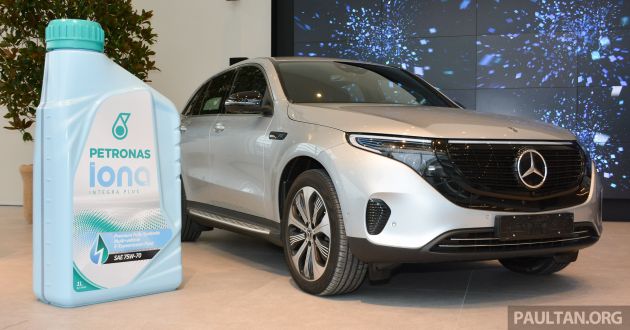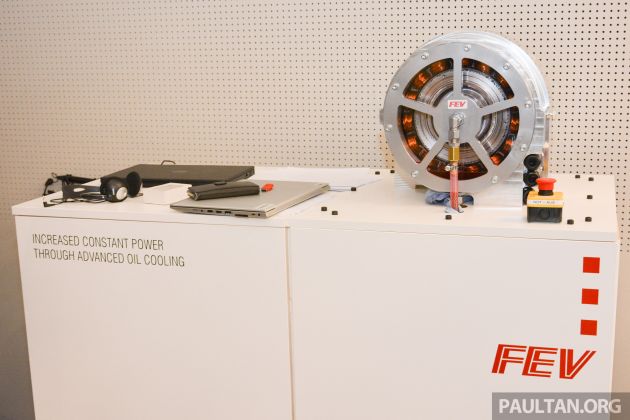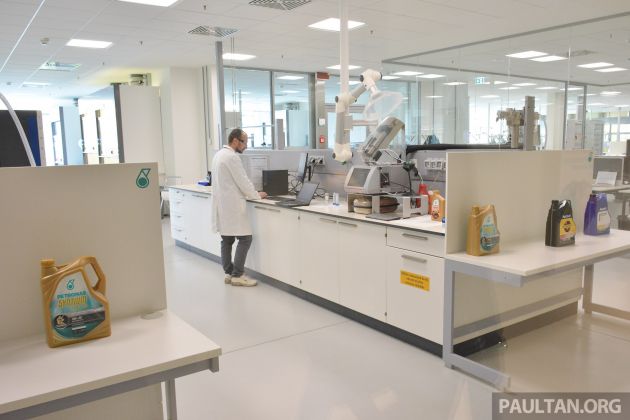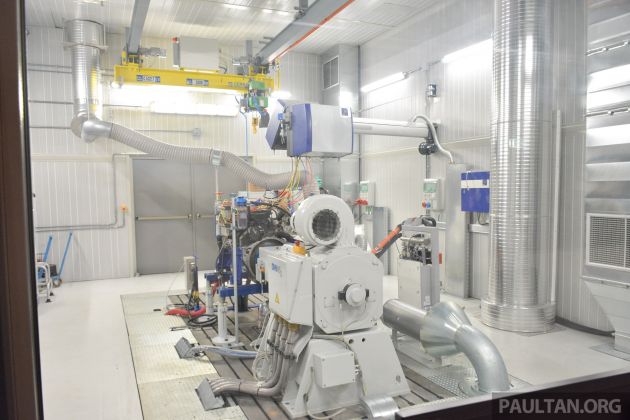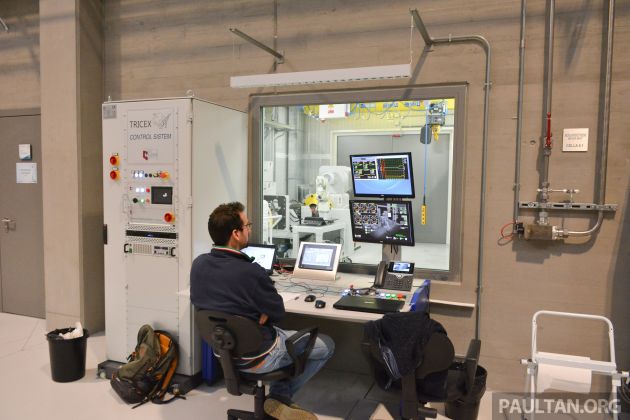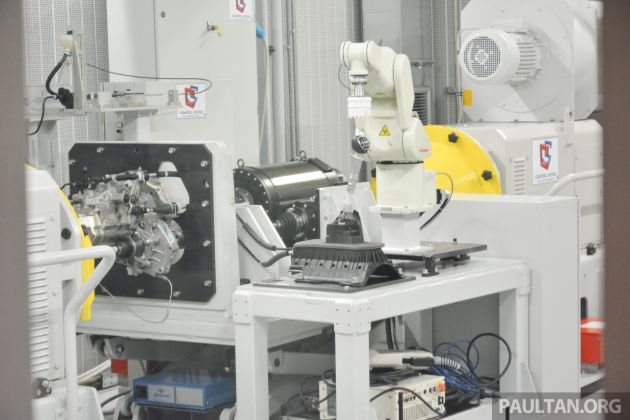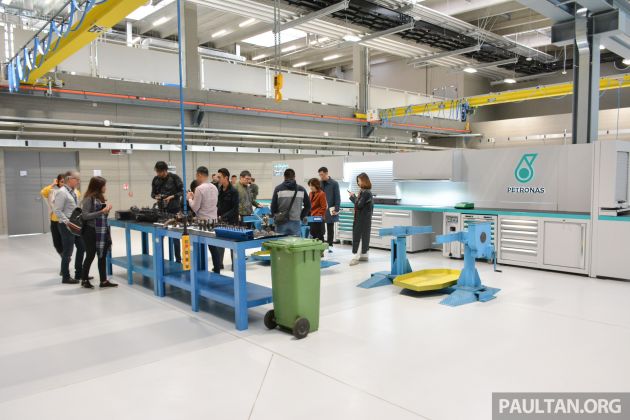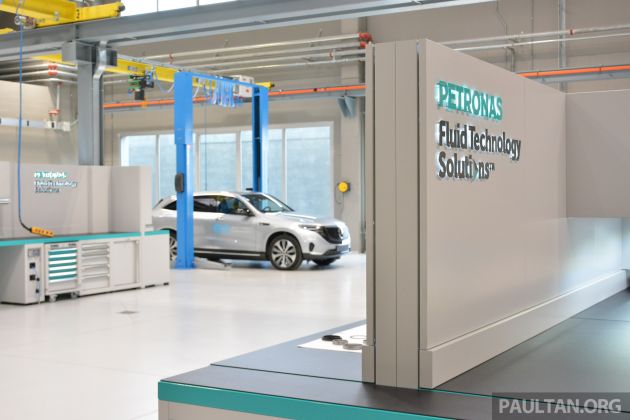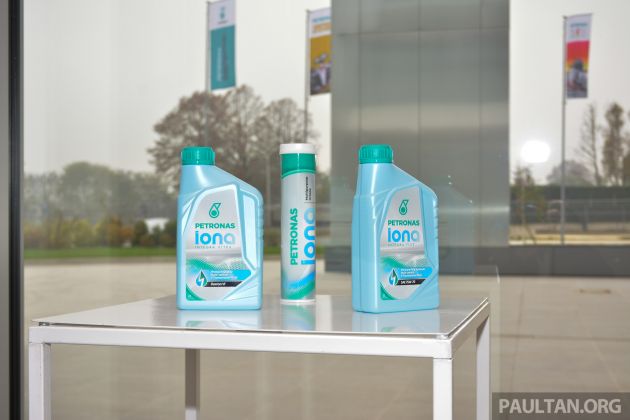Electric vehicles are fast becoming a necessity in the line-ups of automakers in order to meet emission regulations that are set to become stricter in the coming years. This is evident in major markets like Europe, the United States and China, which are aiming to reduce vehicle CO2 emissions by as much as 30% (or more) by the year 2030.
Even though that is still a good number of years away, in the short- to mid-term period (before the year 2025), the industry is still experiencing a low adoption rate of EVs, with FEV Consulting reporting a global share of just 2.3% as of right now.
While drivers for electrification may differ by region, it’s obvious that consumers overall are still showing a lower acceptance for EVs today, with one of reasons being a general lack of product attractiveness when compared to cars with internal combustion engines.
Comparing the usage characteristics of EVs and ICE-powered cars in the attached table, we can see the pros and cons of each, with the latter currently having a number of advantages over the former. While ICE-powered cars face no issue with their power source (petrol or diesel in their fuel tanks), EVs are limited by the capabilities of their on-board batteries and electric motors.
Like most electronics, thermal management is an integral part of operation, and this extends to EVs as well. With efficient thermal management, the disadvantages of EVs can be alleviated to improve upon their shortcomings, which in turn, could help make them more attractive to customers.
That was the primary topic of PETRONAS’ inaugural EV Fluids Symposium, which was held at Petronas Lubricants International (PLI)’s Global Research and Technology Centre in Turin, Italy. Just like several major automakers, PETRONAS has committed itself to reduce its impact on the environment, introducing its Carbon Commitments plan in 2012. Since then, the company has successfully reduced its carbon footprint by almost 13% from 2017.
More recently, in 2018, PLI pledged 75% of its R&T investment towards developing innovative solutions that contribute to reducing CO2 emissions. In fact, the company has used its expertise to develop fluids and lubricants catered specifically for EVs, which are marketed under its Iona banner, and are currently working on providing new solutions that aim to further improve their capabilities.
As such, the one-day event organised by PETRONAS served as a good platform for lubricant companies, automakers, OEMs and automotive suppliers to gather and share future EV technology trends, their market relevance and the role of fluids in the evolution of e-transmission and battery technologies.
To understand the role that thermal management plays in EVs, we must first understand the primary systems that make them move. In most modern EVs, these include the electric drive unit (EDU) and the batteries themselves.
Electric drive unit
Electric drive units are mainly comprised of three main components, namely the electric motor, a reduction gear and inverter (or power electronics). The e-motor typically consists of stationary (stator) and rotating (rotor) parts, with the latter being the one that generates rotational speed (between 12,000 to 20,000 rpm) when current is sent through the e-motor.
The mechanical energy is then reduced via a reduction gear, which are typically single- or dual-speed units, before drive is sent to the wheels, Meanwhile, the inverter provides current to the e-motor from the battery, and governs the e-motor and torque generated by the system.
As it stands, there are different cooling solutions for EDUs that already exist, with the most simplistic being air cooling. This method sees the e-motor and inverter be cooled by fresh air, which can be further supplemented by air-conditioned cooling, while the reduction gear is lubricated (separately) with a transmission oil.
A more common approach is water-glycol cooling, which is used to cool the inverter and e-motor – the latter primarily involves cooling a water jacket around the stator, but in certain cases, the rotor shaft is cooled as well. While the fluid is in close proximity to electronic components, there is no direct contact between them. Like air cooling, the reduction gear is lubricated separately with a transmission oil.
Another method is hybrid cooling, where the inverter and e-motor stator are indirectly cooled by water-glycol, while the e-motor rotor shaft and reduction gear have one combined oil circuit. In this system, selected parts like the e-motor rotor and stator windings are directly cooled by oil, and can be linked to the water-glycol circuit by a heat exchanger.
Lastly, and the most complex, is direct oil cooling, where all components share the same oil cooling circuit, beginning from the inverter, to the e-motor, and the reduction gear. Based on testing conducted by FEVs, direct oil cooled e-motors showed improved performance, providing a 30% increase in continuous power delivery over those that used a water jacket for the stator.
It’s clear then that with higher cooling performance, the continuous power delivery rate of the e-motor can be increased or the unit size can be reduced while delivering the same continuous power. The latter is not only beneficial from a packaging standpoint, but also in terms of pricing as less materials are needed to build the e-motor. This can help lower the initial purchase price of EVs, increasing their attractiveness to customers.
While it may sound simple enough to just douse everything in oil and call it a day, there are a few requirements that need to be met when it comes to this approach. Due to the speed at which e-motors operate, the thermal properties of the fluid used need to be significantly higher, and the transmission oil used in reduction gears alone just aren’t up to par with what’s required for the e-motor. Secondly, e-motors are faced with high electrical currents in operation, and the fluid must have dielectric properties so as not to cause a short circuit.
Next, ensuring the fluid has a high level of material compatibility is important to ensure it doesn’t promote corrosion or oxidisation of the components and insulation found in the EDU. Even with all these requirements, there’s still a need to ensure that the fluid used provides adequate lubrication to minimise wear and tear.
For now, there are no real optimised e-fluids that can fulfill all these requirements, which is why PETRONAS is focusing its resources to develop a solution. Of course, this isn’t an easy feat, as we haven’t considered a number of promising technologies that can further influence the thermal management solution of EVs and fluid requirements moving forward.
Among the key advancements currently in development include silicon carbide inverters, improved insulation materials, more powerful e-motors, high-voltage EDUs, new magnet materials and multi-speed transmission (reduction gears).
Batteries
With EDU thermal management being a complex issue on its own, there’s also the matter of keeping the batteries that supply power to the EDU cool as well. As we know, batteries operate best within a certain temperature window, with extremely high or low temperatures being detrimental to batteries, not only in terms of their ability to deliver power but also their longevity.
Most EV batteries adopt a modular structure consisting of cells and modules contained within a battery pack. In operation, cells generate a lot of heat at their primary contact terminals and core, and with repeated usage, result in temperature gradients within the cell that have an affect on battery health. While temperature gradients are inevitable, minimising their scale is important to reduce increased aging of the batteries.
Current cooling solutions share some similarities with those used for EDUs, with air cooling being the most basic method, where air is passed through the pack, directly cooling the cells or modules within.
A more common method used is to run refrigerant or water-glycol through cooling pipes or plates that run along the base or between the modules. This indirect cooling method typically involves the cooling circuit be combined with the car’s conventional air-conditioning system. Models such as the Audi e-tron and Tesla Model S rely on this method, with the former using a cooling plate under the battery pack, while the latter features a cooling channel between the modules.
Possible future solutions for mass-market EVs involve using dielectric cooling fluids, which are non-conductive, and allow for direct cooling to be applied, mitigating the potentially high temperature gradients within a cell. This can be achieved by either submerging the cells fully in fluid, or targeted cooling of areas that generate the most heat like cell tabs (or busbars). In existing cooling solutions, this isn’t possible, as the coolant (be it water-glycol or refrigerant) cannot be in direct contact with cell tabs lest a short circuit occurs.
More efficient thermal management can benefit batteries in more ways beyond just improved longevity. As fast charging has become a common feature in EVs, higher cooling performance can allow for longer high charging power to be maintained – thermal limitations place a limit on the time an EV can be charged at its maximum power. Additionally, batteries kept under ideal temperatures are able to delivering their maximum possible range and performance more effectively and repeatedly.
Unfortunately, dielectric battery cooling solutions are currently rather expensive and their low fluid performance characteristics means they have yet to be used in mass-market EVs. With continued development, dielectric battery cooling fluids provide improved fluid performance characteristics and be cheaper to manufacture.
Conclusion
It’s clear that there’s more to explore in the world of e-mobility, especially for companies such as PETRONAS as well as automakers, OEMs and automotive suppliers. Evolving technologies and new fluid requirements will require new test methods that have yet to be standardised across the industry, and the EV Fluids Symposium acts as a catalyst for greater things.
What is certain is that thermal management has such a significant role in EVs today and in the future, and PETRONAS is looking to develop solutions, which are part of its second-generation Iona range that meet the needs of the partners it collaborates with. There’s a lot of potential in EVs, and no company wants to lag behind in this relatively new frontier.
Looking to sell your car? Sell it with Carro.

